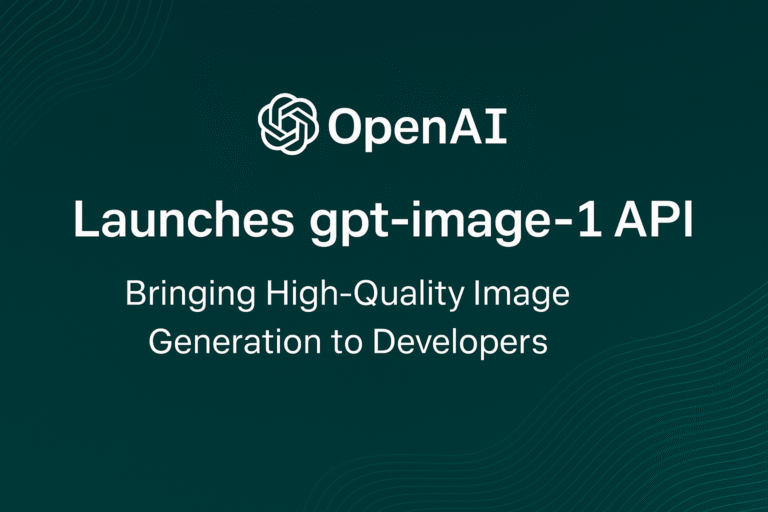Meta AI Releases Web-SSL: A Scalable and Language-Free Approach to Visual Representation Learning

In recent years, contrastive language-image models such as CLIP have established themselves as a default choice for learning vision representations, particularly in multimodal applications like Visual Question Answering (VQA) and document understanding. These models leverage large-scale image-text pairs to incorporate…









